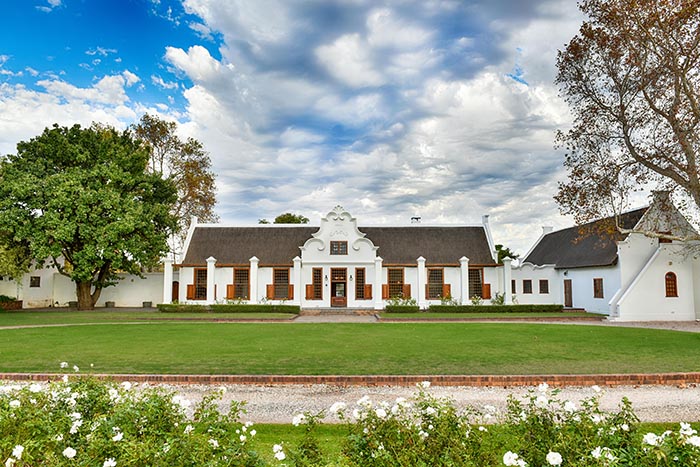The first evidence of grape stomping was found in an engraving on a Roman sarcophagus dating back to the 3rd century AD. Today there is evidence of it in the form of a boomerang on Instagram.
If you’re lucky enough to experience a pigeage (grape stomping) for yourself, you will never forget it.
Grape stomping is obsolete in these modern times of state-of-the-art equipment and the meticulous approach to wine making. Before the days of wine presses, wine making was a lot more fun – and messy. Grapes were crushed by foot to release the juices and separate the skins as part of the maceration process, before fermentation.
Zandvliet Wine Farm in Ashton, near Robertson, has decided to bring back the good old days – hard work and fun included – by creating a journey through the stages of wine making. Wine has truly been the one constant throughout history, steeling men for wars and today creating business opportunities and employment for millions.
Of course, before grapes can be stomped they need to be harvested. And we were responsible for it. We had to wake up at the crack of dawn on Saturday morning, before the sun spread its warm rays on our weary heads. To qualify, we had sampled the Zandvliet merchandise the night before, so the heads were wearier than usual.
We headed out on the back of a bakkie, when was the last time any city-slicker did that?
There is no better sight for tired eyes than the beauty of the Zandvliet vineyards stretching out magnificently in front of the Langeberg Mountains. Perfect green rows of vineyards and citrus trees sat patiently, waiting perhaps for rain.
It’s a land of winners and legends, like the Zandvliet Shiraz and Pocket Power, the great racehorse that won 20 times and earned nearly R10-million.
Basket next to you, shears in hand, the magnitude of the task ahead dawned on us. The challenge: fill two crates to the brim with Shiraz grapes in one hour. My aged body was never ready, but oh, what fun was had.
The first thing to remember about cutting grapes from the vine is not to die. Just kidding. Snakes, spiders and rats are fairly common in South African vineyards, though the chances of us encountering any of them here were slim (we were told). Needless to say we proceeded with caution, maybe even fear.
There is a lot to consider when harvesting grapes, like “don’t cut off your finger”, “don’t embarrass yourself” and “is this really the best way to spend a Saturday morning?”
As it turned out this was a great workout, the bending, clipping and lifting is all in a day’s work for hundreds of farm workers across the wine regions – I have renewed respect for them. It’s hard work.
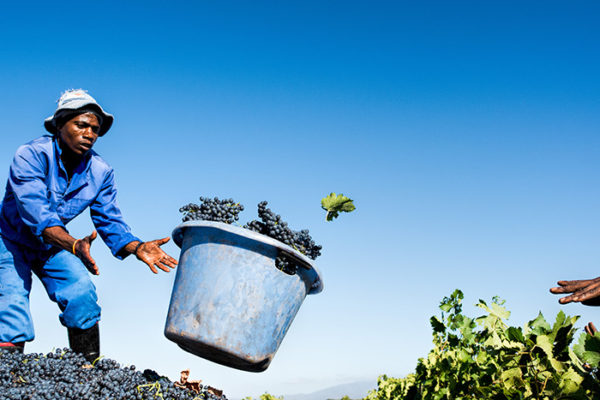
An hour later we were ready to transport our grapes to be stomped into oblivion.
The idea of feet does not immediately spring to mind when sipping on a fine glass of wine, and thank the gods of germophobes for innovation and the Industrial Revolution that we don’t stomp grapes anymore.
The truth is that wine making is such an art these days that the end product is so immaculate and sublime any thoughts of it being unhygienic can be put to rest. The alcohol takes care of all bacteria in any case.
Grape stomping is ticklish, messy and cold – but you’ll feel like a kid again. It is a unique way to connect with the wine and learn to appreciate the effort that goes into making a single bottle by understanding the method.
Throughout, the wine making process is accompanied by passion and hard work by wine maker Jacques Cilliers and his team. Here the vineyards are revered for their fruit, and the grapes nurtured like offspring.
Our stomped grapes followed the usual path of Zandvliet’s world famous Shiraz grapes, and we will revisit it in a year from now to see how it turned out.
The time period for the wine-making experience is limited to 4-5 weeks during the year, when the Shiraz is harvested. If you want to book this experience, make sure you do so early. At Zandvliet Wine Farm, it is available from the middle of February to the middle of March – exterior factors influence this experience, like heat and cold.
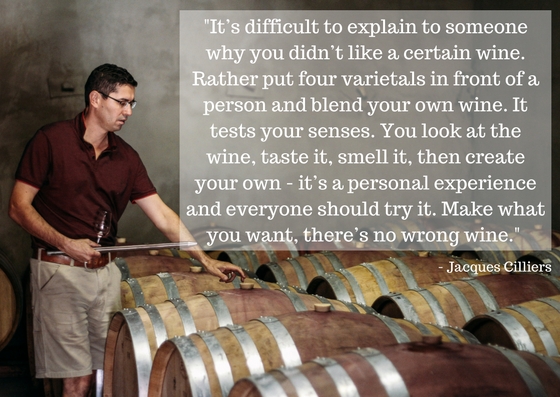
About Zandvliet Wine Farm:
Winemaker Jacques Cilliers is a barrel of knowledge. His patience for perfection is probably why you can open up a bottle of Kalkveld Shiraz from Zandvliet, no matter what the vintage, and savour every sip.
What most don’t know is that Zandvliet Wine Farm is also home to ClemenGold Gin. Hectares of ClemenGold fruit line the farm side-by-side with the grapes for the shiraz.
Cilliers says they are excited to be able to offer unique experiences to customers.
“At the Kalkveld lounge we have wine tastings with our citrus products and a wine blending experience. This is a very unique offering, we also have an art gallery, every four months we have a different artist coming to exhibit.”
“You can stay over at Enon House, it is a six bedroom house with ensuites. The house overlooks the farm and let’s you unwind in luxury,” he said.
Guests can meander down to Kalkveld lounge to blend their very own bottle of wine, relax with a glass of the finest and munch on a delectable charcuterie platter.
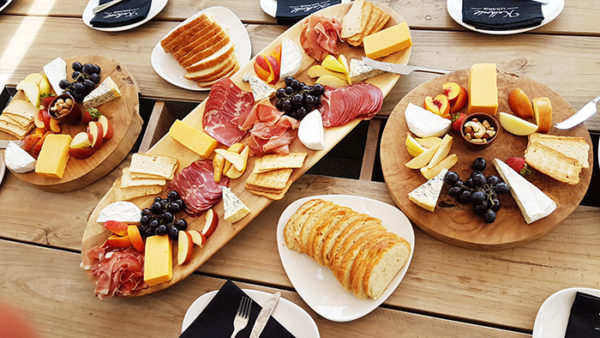
“Since the farm was taken over three years ago by ANB Investments, it has been transformed into a hive of activity. The gin was Abraham van Rooyen’s dream. A few years ago he looked at ClemenGold as a fruit, and the unique flavour – and what it could be used in. They singled out 40 different products they could incorporate it into. There’s marmalade, biscotti, infused honey and chocolate. Since we’re in a gin trend, that was a definite way to take it. Hope on Hopkins distills our gin, we put the recipe together, it took six months before we were happy,” said Cilliers.
Zandvliet is undergoing massive transformation, more world-class accommodation, conferencing venues and an upgrade of the iconic Manor House will unfold in the next two years.
What makes your Shiraz the one to try?
“The easiest thing to say is the terroir, but you should look further than that. Our soil plays a huge fact, it is very high in salinity, and very high in lime content which makes wine naturally softer. When we pick the grapes, we don’t have to do much in the cellar. We use big oak barrels, we age the wine for two years but it has a very soft influence. Oak is very soft and gentle. Gone are the days where you buy the wine and have to wait ten years to drink it. Today you buy the wine, tonight you drink it and it’s perfectly aged. When our Shiraz ages it is plumy, liquorice flavours. It’s not spicy or peppery, it leans more toward the fruit side.”
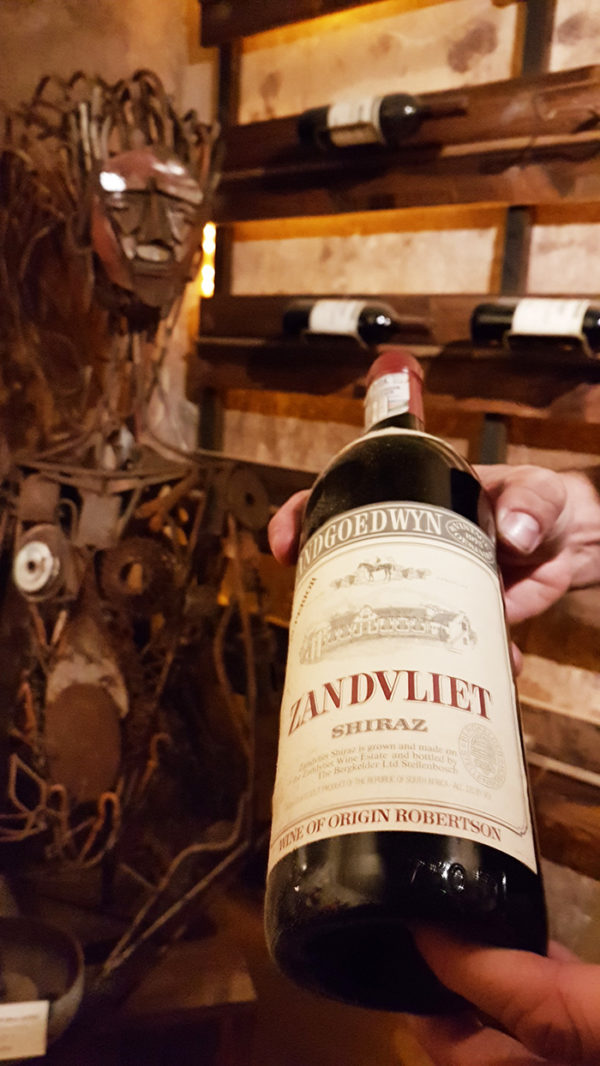
Zandvliet Wine Farm:
Contact: +27 23 615 1146
Address: Ashton, Robertson
Website: www.zandvliet.co.za
Email: [email protected]
Pictures: Nidha Narrandes and Supplied




